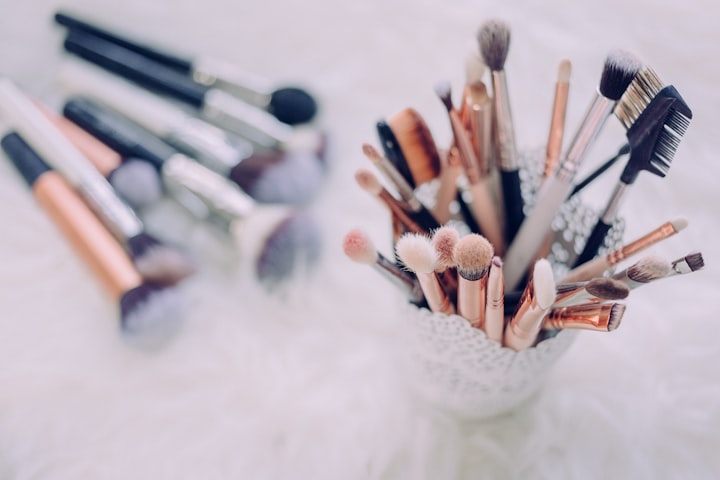Unleash the Elegance of Banarasi Raw Silk Sarees
Banarasi Raw Silk Sarees

Sarees have always been an essential part of Indian culture and tradition. The Banarasi raw silk sarees are one of the most exquisite sarees that are known for their elegance and richness. These sarees are a perfect blend of intricate designs, vibrant colors, and fine quality silk. In this article, we will explore the world of Banarasi raw silk sarees, their history, types, designs, making process, styling, and caring.
Definition of Banarasi Raw Silk Sarees:
Banarasi raw silk sarees are a type of saree that is made from raw silk, which is a natural fiber obtained from the cocoons of the silkworm. These sarees are handwoven in the city of Varanasi, also known as Banaras, in Uttar Pradesh, India. The silk used in these sarees is of fine quality, which gives them a distinct texture and luster.
Brief History and Significance:
Banarasi raw silk sarees have a rich history dating back to the Mughal era. During the Mughal period, the art of weaving was encouraged, and the weavers of Banaras were patronized by the royal families. The designs and patterns of Banarasi raw silk sarees are influenced by Mughal art and architecture.
These sarees hold great significance in Indian culture and are often worn on special occasions like weddings, festivals, and religious ceremonies. They are considered a symbol of luxury and are often passed down from one generation to another as family heirlooms.
Popular Types and Designs:
Banarasi raw silk sarees come in various types and designs, and each type has its unique features. Some popular types of Banarasi raw silk sarees are Katan silk, Organza silk, and Tussar silk. The designs on these sarees are inspired by nature, architecture, and traditional motifs. Some common designs include floral patterns, paisleys, peacocks, and mango motifs.
Raw Silk Extraction and Preparation:
The making of Banarasi raw silk sarees involves several stages, starting with the extraction of raw silk from the cocoons of the silkworm. The silk is then cleaned, degummed, and spun into yarns. The yarns are then dyed in vibrant colors using natural dyes like turmeric, indigo, and pomegranate.
Weaving Process and Techniques:
The weaving process of Banarasi raw silk sarees is a time-consuming process and involves skilled artisans who use handlooms to weave the sarees. The process involves several steps, including warping, drafting, and weaving. The weaving process can take several days, depending on the complexity of the design and the length of the saree.
Embellishments and Embroideries:
Banarasi raw silk sarees are often embellished with intricate zari work, which is a type of gold or silver threadwork. The zari work is done by skilled artisans who use a needle and thread to create intricate patterns on the saree. Some sarees also feature embroidery work using colorful threads, beads, and stones.
Occasions to Wear Banarasi Raw Silk Sarees:
Banarasi raw silk sarees are perfect for special occasions like weddings, festivals, and religious ceremonies. They are often worn with traditional jewelry like gold bangles, earrings, and necklaces.
Accessories to Pair with the Saree:
When styling Banarasi raw silk sarees, it is essential to choose the right accessories. A pair of traditional jhumkas, a gold necklace, and a stack of bangles can complete the look. It is also essential to choose the right footwear, such as embellished juttis or sandals, to complement the saree.
Draping Styles for Different Body Types:
Banarasi raw silk sarees can be draped in various styles to suit different body types. For example, the traditional Nivi style is perfect for women with a pear-shaped body, while the Gujarati style is ideal for those with an apple-shaped body. The Bengali style, on the other hand, is perfect for women with a slim figure.
Cleaning and Maintenance:
To ensure that your Banarasi raw silk saree lasts for a long time, it is essential to clean and maintain it properly. It is recommended to dry clean the saree to avoid damage to the delicate fabric. If washing is necessary, it should be done gently with cold water and a mild detergent.
Storing and Preserving the Saree:
When storing the Banarasi raw silk saree, it is essential to fold it carefully and store it in a cool, dry place. It is also recommended to wrap the saree in muslin cloth to protect it from dust and insects.
Definition and Features:
Banarasi Chiniya silk suits are a type of traditional Indian clothing that is made from Chiniya silk, a fine variety of silk. These suits are known for their intricate designs and fine quality fabric.
The Making Process:
The making process of Banarasi Chiniya silk suits is similar to that of Banarasi raw silk sarees. The Chiniya silk is extracted from the cocoons of the silkworm, spun into yarns, and woven on handlooms. The suits are often embellished with zari work and embroidery to create intricate designs.
Styling and Caring for Chiniya Silk Suits:
Banarasi Chiniya silk suits can be styled in various ways to create a traditional look. They can be paired with traditional jewelry like jhumkas and bangles and worn with embellished juttis or sandals. It is essential to care for Chiniya silk suits like Banarasi raw silk sarees, by dry cleaning and storing them carefully.
Conclusion:
Banarasi raw silk sarees and Chiniya silk suits are a testament to the rich cultural heritage of India. These traditional clothing items are known for their elegance, intricate designs, and fine quality fabric. By understanding the history, making process, and caring for these clothing items, we can preserve their beauty for generations to come.
About the Creator
OnlineShopping
Chikankari Kurta Online- Best Offers on Chikankari Anarkali kurta Sets- Upto 20-71% off - Original Products, Fastest Delivery, COD & Exchange/Return. Buy now Chikankari Kurta Set for Women in India





Comments
There are no comments for this story
Be the first to respond and start the conversation.